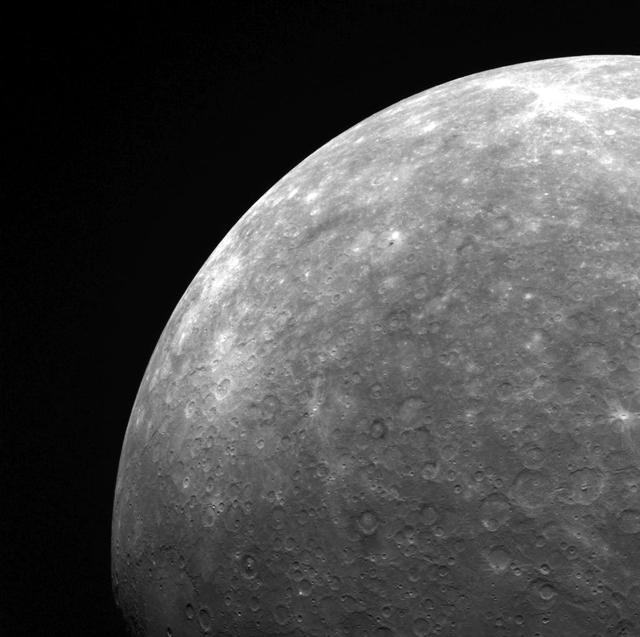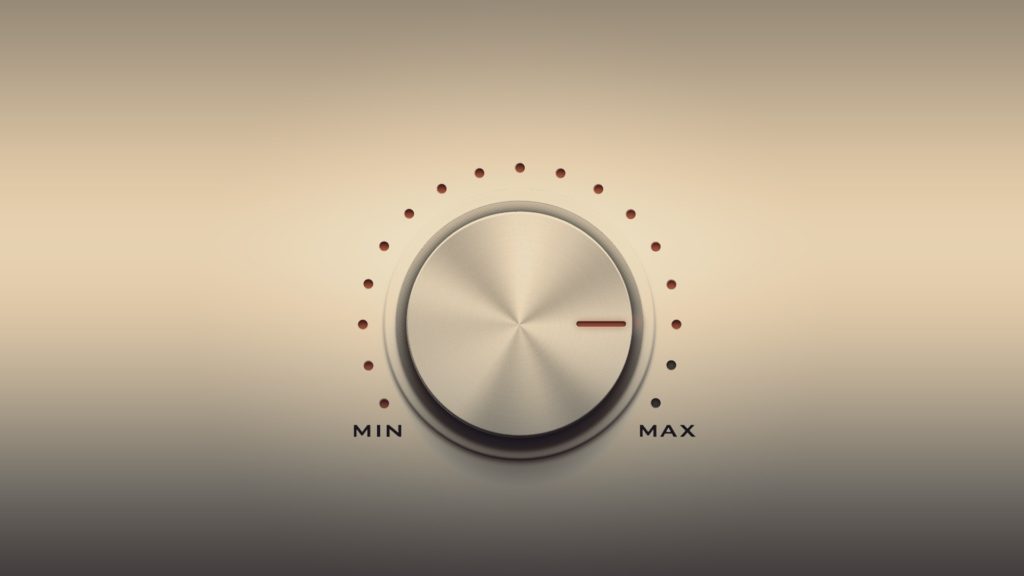Starwatch for October 2023
Written by Karl Hricko on October 13, 2023
Hello! I’m Karl Hricko of United Astronomy Clubs of NJ and the National Space Society, bringing you the October Starwatch for WNTI-The Sound of Centenary.
We’ve been traveling for about 7 months in space. We should be arriving at our destination very shortly. We’ll be living there until we get a replacement crew. It’s not going to be easy, but we have enough supplies and equipment to be able to survive with some comfort – as long as we can protect ourselves from radiation, control the temperature, and are able to produce enough oxygen. We have enough food, and have access to a sufficient amount of water.
Our destination is one half the size and one third gravity of Earth. Its day is about the same as ours, and the year is almost twice as long, has four seasons much colder than ours. Can you identify our destination? It is the fourth planet from the Sun, has atmospheric low pressure, a meager amount of carbon dioxide and frozen water on the surface. It’s the red planet Mars. We’re now settling down.
Actual plans to go to Mars is set for the 2023’s. In the meantime, we can see Mars in our night sky. The red planet rises at 8 p.m. in Virgo. After sunset, you’ll see Jupiter rising in Aries, while in the south, Saturn can be seen in Aquarius. Before sunrise, if you look east, a bright Venus appears in Leo. Looking downward to the horizon, Mercury is in Virgo. A partial Annular Eclipse of the Sun, called “ring of fire”, occurs at 1:22 p.m. on the 14th of this month. So as you safely observe the ring of fire through protective filters, also think of our Martian future.
Until our next Starwatch – Don’t forget to check out … What’s up in the night sky!



